Social Media Management isn’t just posting pretty pictures or chasing the latest trend—it’s the end-to-end process of planning, creating, publishing, engaging, and measuring content across platforms to move real business outcomes. Whether you’re a startup trying to build your first audience or an enterprise protecting a global brand, the principles are the same: clear strategy, consistent execution, and relentless optimization.
What is Social Media Management?
At its core, Social Media Management is the ongoing practice of turning brand goals into content and conversations that resonate. It covers:
Strategy & planning: Defining audience, positioning, content pillars, tone of voice, and channel selection.
Content operations: Briefing, production, editing, approvals, and scheduling.
Community management: Responding, moderating, escalating, and building relationships.
Paid amplification: Boosting top performers, running campaigns, and retargeting.
Measurement & reporting: Tracking KPIs, analyzing insights, and feeding learning back into the plan.
Treat it like a product function: you’re shipping posts (features), collecting feedback (engagement), and iterating toward fit (growth).
Build a Strategy That Aligns With Business Goals
Before you post anything, clarify the “why”:
Objective: Awareness, lead generation, customer support, loyalty, or sales.
Audience: Who are they? What do they need? Where do they spend time?
Positioning: What unique value and voice will you bring?
Channels: Select platforms where content-format fit and audience overlap are highest.
Define content pillars—repeatable themes that ladder up to your objectives. For example, a SaaS brand might use: (1) education/tutorials, (2) product updates, (3) customer stories, (4) industry insights, and (5) employer brand. Assign rough percentages to keep the mix balanced.
Content That Feeds the Algorithm and the Audience
Algorithms reward retention, relevance, and recency. People reward clarity and usefulness. To satisfy both:
Hook fast: The first 1–2 seconds (or first line) should promise value or spark curiosity.
Deliver substance: Teach, show, or entertain—don’t tease endlessly.
Design natively: Vertical video for Reels/TikTok, carousels for LinkedIn/Instagram education, concise text for X.
Optimize for silent viewing: Add captions, bold headings, and visual cues.
Maintain brand cues: Keep consistent typography, tone, and visual identity without feeling like an ad.
Create series: Recurring formats (e.g., “Monday Metrics,” “Feature Fridays”) become habit-forming.
Community Management: Turn Audience Into Advocates
Social channels are two-way streets. Great Social Media Management treats comments and DMs like gold:
Respond quickly to questions, praise, and complaints—speed builds trust.
Use macros for common inquiries but personalize every message.
Set escalation paths for legal, PR, or technical issues.
Reward super-fans: shoutouts, early access, or exclusive content.
Moderate firmly but fairly to protect community health.
Remember: the comment section is content too. Many users read replies before deciding to follow or buy.
Smart Use of Paid Media
Organic reach ebbs and flows. Pair content with lightweight paid:
Boost winners: Put budget behind posts already proving strong engagement.
Retarget warm audiences: Site visitors, video viewers, or email subscribers.
Test creatives systematically: Change one variable at a time—hook, headline, CTA, or thumbnail.
Optimize for the right event: If purchases are scarce, optimize for add-to-cart or lead form completion to stabilize delivery.
Paid shouldn’t replace organic; it should amplify it.
Tooling and Workflow for Repeatable Excellence
A mature Social Media Management workflow looks like this:
Quarterly planning: Goals, themes, tentpole moments, and budgets.
Monthly calendar: Topics, formats, owners, and deadlines in a shared planner.
Weekly sprint: Script, design, edit, caption, approve, schedule.
Daily hygiene: Engage in comments/DMs, spot trends, monitor sentiment.
Post-mortems: Review what worked, kill what didn’t, and double down on winners.
Helpful tool categories:
Planning/Collab: Notion, Asana, Trello.
Asset creation: Adobe Suite, Figma, CapCut, Descript.
Publishing: Native schedulers or tools with queueing and approvals.
Listening: Social listening for brand mentions and competitor tracking.
Analytics: Platform insights + dashboards that blend metrics and attribution.
Metrics That Matter
Tie KPIs to funnel stages:
Awareness: Reach, impressions, video views, follower growth rate, share rate.
Engagement: Saves, comments, replies, DMs, engagement rate per reach.
Traffic/Leads: CTR, landing page views, form completions, cost per lead.
Revenue: Purchases, ROAS, assisted conversions (with UTM and pixel/CAPI tracking).
Health: Response time, sentiment, community growth quality.
Create a lightweight weekly dashboard and a deeper monthly review that includes insights, not just numbers.
Governance, Risk, and Brand Safety
Protect the brand with sensible guardrails:
Role-based access and two-factor authentication.
Crisis playbooks with pre-approved messaging paths.
Content approvals for regulated topics.
Compliance checks (giveaways, disclosures, user consent).
Backup ownership of handles and verified profiles.
Common Mistakes to Avoid
Posting without a strategy: Pretty content with no purpose wastes time.
Overfitting to trends: If it doesn’t serve your audience, skip it.
Inconsistent cadence: Algorithms and audiences favor reliability.
Metric myopia: Vanity metrics feel good; business metrics pay the bills.
Ignoring distribution: Great content needs comments, collaborations, and paid boosts to travel.
A 10-Step Starter Plan
Define your single most important outcome for the next 90 days.
Choose 2–3 platforms where your audience is active.
Lock content pillars and produce two recurring series.
Create a simple brand voice guide and visual kit.
Plan a month of posts with clear CTAs.
Record in batches; edit for each platform’s native format.
Schedule posts and enable UTM tracking.
Engage daily and log common questions for future content.
Review performance weekly; test one new variable at a time.
Scale what works with creator partnerships and paid support.
Bottom line: Effective Social Media Management blends strategic focus with creative agility. When you connect clear business objectives to native-first content, active community care, and disciplined measurement, social stops being a time sink and starts becoming a reliable growth engine.






